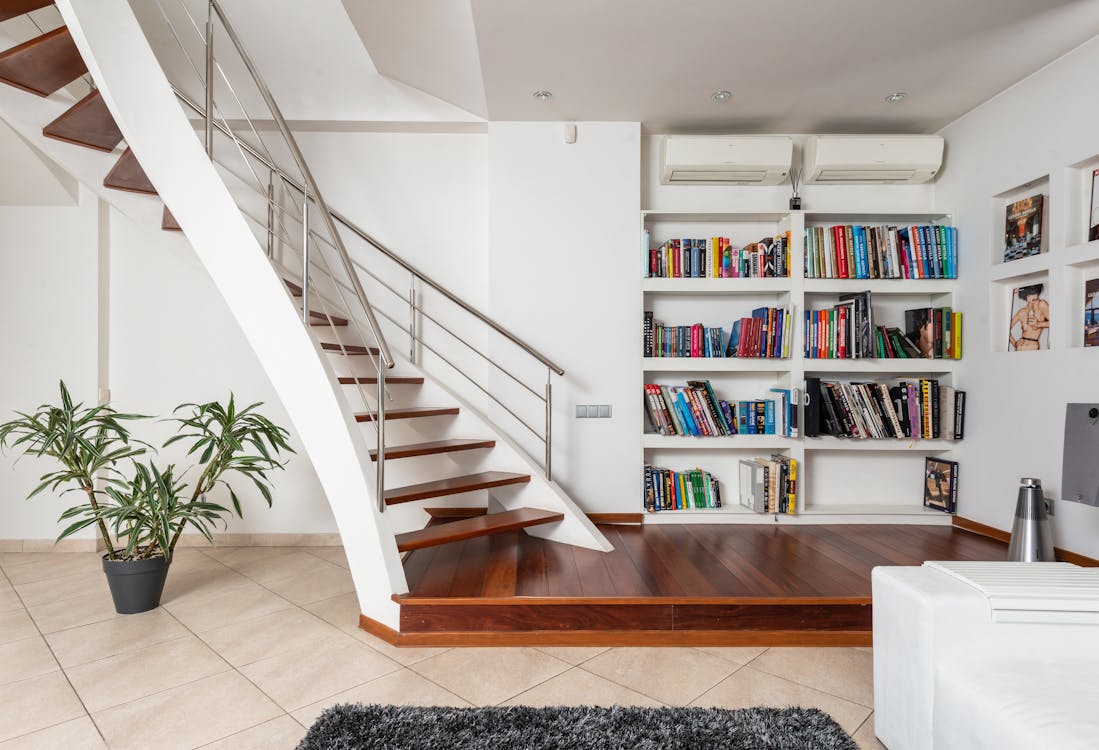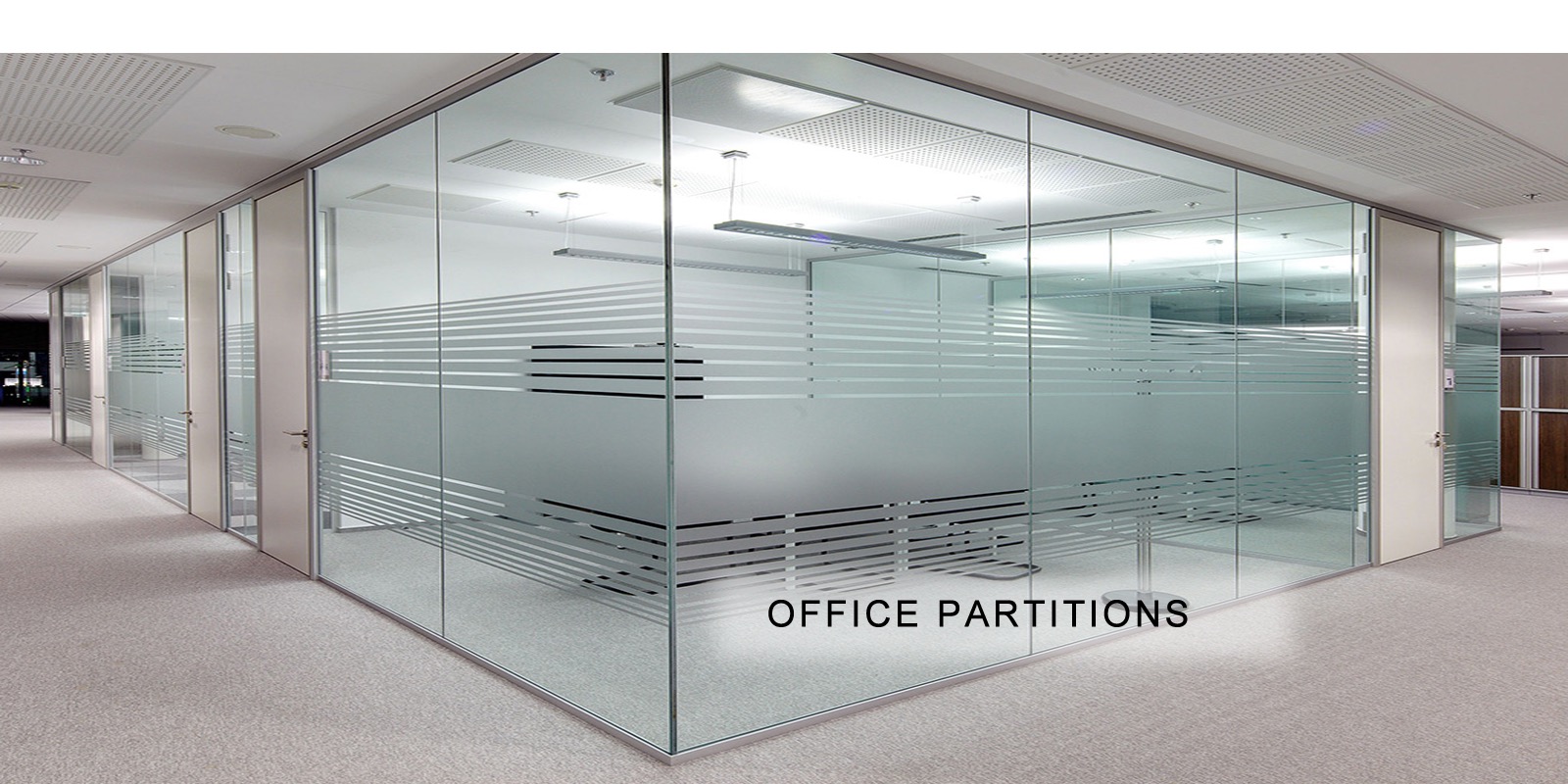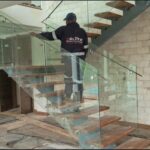
Modern architecture has embraced glass balustrades in Kenya towns as a statement of elegance and openness. Whether installed on balconies, staircases, or terraces, they offer clear views while maintaining safety. But as their popularity grows, so does the need to understand safety codes and building regulations that govern their use. For builders and homeowners, compliance is not optional—it’s a legal and safety requirement.
Why Safety Standards Matter
Glass balustrades are not just decorative; they are load-bearing safety barriers designed to prevent falls. In Kenya, where high-rise apartments and gated communities are rising rapidly, poor installation or substandard glass can lead to accidents, liability, and costly legal disputes. Safety codes exist to protect lives, ensure structural integrity, and guide professional glass installation in Kenya.
Regulatory Framework for Glass Balustrades in Kenya
National Construction Authority (NCA) Guidelines
The NCA requires that all structural elements in a building—including balcony railings in Kenya—meet design and load-bearing standards. For glass balustrades, this means:
- Using toughened safety glass or laminated glass to prevent shattering.
- Ensuring minimum height requirements for residential (1 meter) and commercial (1.1 meters or higher) projects.
- Securing all glass panels with certified brackets and fixtures to withstand horizontal loads.
County Government Approvals
Counties like Nairobi, Mombasa, and Kisumu require building approvals that include balcony safety standards in Kenya. Plans must show compliance with glass specifications, railing heights, and load resistance before approval is granted.
Kenya Bureau of Standards (KEBS)
KEBS provides technical specifications on toughened safety glass and fittings. Non-compliance can lead to project penalties or rejection during inspections.
Frameless Glass Balustrades: Are They Safe?
Frameless systems are increasingly popular in Kenya’s luxury homes and office spaces. While visually appealing, they must adhere to stricter requirements:
- Thicker toughened safety glass (often 12mm or 15mm).
- Hidden base channels tested for load capacity.
- Professional installation to prevent flexing under pressure.
When properly installed, frameless designs meet global safety standards while maintaining sleek aesthetics.
Common Safety Mistakes to Avoid
Many accidents linked to glass balustrades in Kenya arise from ignoring regulations. Builders and homeowners should avoid:
- Using ordinary float glass instead of toughened glass.
- Cutting costs by hiring unlicensed installers.
- Ignoring wind loads in high-rise projects.
- Overlooking routine inspections and maintenance of fittings.
Why Professional Installation Is Key
Compliance is not just about the right glass; it’s also about expertise. Certified installers understand NCA building regulations and tailor solutions to project requirements. Professional teams ensure:
- Correct railing height and spacing.
- Safe anchoring of glass panels.
- Long-term warranty and reduced liability risks.
With the rise of modern apartments, resorts, and commercial buildings, glass balustrades in Kenya are here to stay. However, their elegance must go hand in hand with safety. By adhering to balcony safety standards in Kenya, choosing toughened safety glass, and working with professional installers, builders and homeowners can achieve both style and security. Investing in compliance today means peace of mind tomorrow.



